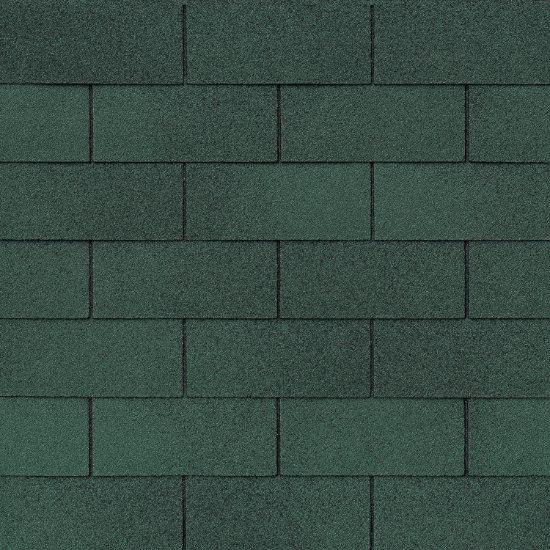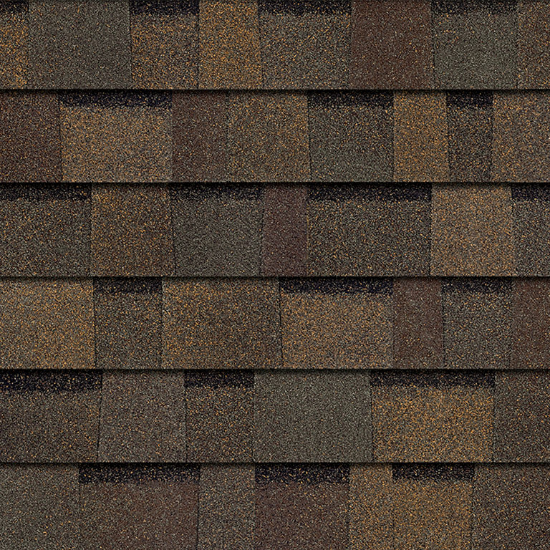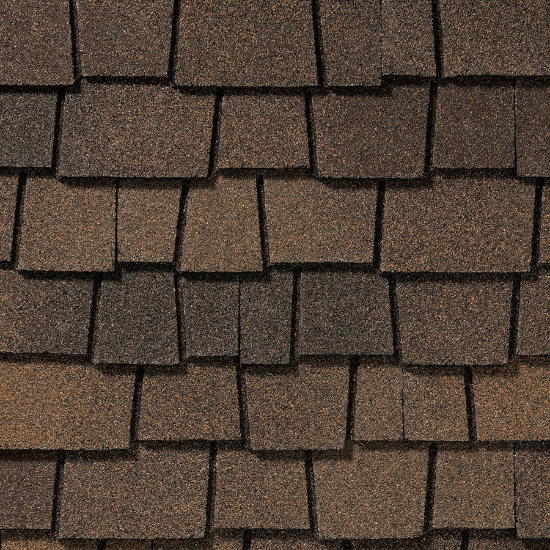A roof is a big investment and we expect it to have a long life. Like all things in this world, roofs do not last forever, they will age, wear out, and then need to be replaced. In this post I will explain the life cycle of a typical asphalt roof that most homeowners in New Jersey have. First how to identify the style of shingle you have.
Three Styles
Life Cycle
The moment the roof is installed it begins to age. Normal aging consists of:
- Heat of the sun
- Ultraviolet radiation
- Moisture
- Pollution
- Physical damage (walking on it, hail, tree limbs, etc.)
- Thermal shock
Installation issues:
- Improper installation
- Poor ventilation
What’s normal aging?
- Slight granular lose
- Curling
- Algae discoloration
What’s beyond normal aging?
- Opened blisters
- Cracking
- Bald spots – exposed asphalt
End of life
Once the roof shows signs of opened blisters, cracking, bald spots, excessive curling, and other aging issues it will be time to replace the roof. If your roof is leaking does it means it’s time to replace it? Not necessarily, other reasons such as a mechanical or flashing issue can be the culprit. We recommend that if you have a leak or think your roof needs replacement, you consult with a qualified roofing contractor.





